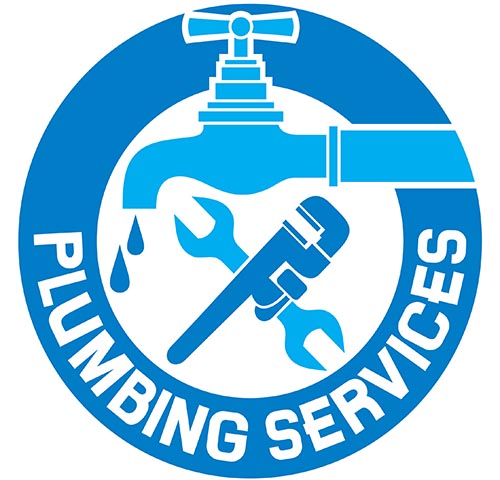Bathroom Faucets and Toilets
Updating older or out-of-date bathroom fixtures can increase your property value and help avoid future damaging leaks, floods or breakdowns. New fixtures can also provide a nice style upgrade to your bathroom.
Updating older or out-of-date bathroom fixtures can increase your property value and help avoid future damaging leaks, floods or breakdowns. New fixtures can also provide a nice style upgrade to your bathroom.
Tired of waiting for water to heat for tea or cooking uses? A11 Plumbing and Drain can install a hot water dispenser in your kitchen to offer the convenience of ready hot water whenever you need it.
What in the world is a sewage ejector pump? Most homeowners don’t know or have any need to know. However, if your home has a bathroom below the level of your main sewer line, you must have a sewage ejector pump. Its purpose is to lift the sewage to the level of the sewer line so it can flow out of the house to the community sewer or a septic tank. You may have a sewage ejector pump even if your bathroom is nearly level with the sewer line or septic tank, if the waste water cannot flow fast enough by gravity alone.
A sewage grinder pump is a variation on the sewage ejector pump. As its name implies, it uses a garbage disposal-type grinder (or macerator) to turn the effluent into a slurry before it is pumped out. While sewage grinder pumps are more expensive, they do greatly reduce the potential for clogs farther down the line.
Whether you have a sewage ejector pump or a sewage grinder pump, it is especially critical to avoid flushing hard-to-process items like feminine hygiene products. These can create big problems in any system, but with sewage grinder pumps, the damage can be even more severe and expensive to repair.
Sump pump is designed to help keep underground building and home basements dry. To keep the basement dry, the pump pushes water that collects in a “sump pit” out and away from the area. Since the main function of a sump pump is to collect and pump water, sometimes as a result of flooding, it is a very important appliance to maintain.
Your sump pump plays a major role in drainage, making yearly inspections for wear and tear critical. After winter, thawing begins and it rains more often, causing the ground to become completely saturated. Because of the increase in ground saturation, the beginning of the spring season is a good time to inspect and/or replace your sump pump.
In addition, after a long drought, your pump may not be prepared to handle excessive spring rain. From March to May, your sump pump begins to work increasingly hard, so inspection post-drought is strongly recommended.
A backup sump pump is strongly recommended. During an inspection, your specialist should check your backup as well. In the event of main pump failure or a power outage, which is common during flooding rainstorms, your backup will kick in and save you thousands of dollars in water damage.


Installing a backwater valve will prevent sewer drains from backing up and overflowing with sewer water – eliminating sewer backflow as a source of basement flooding.
Sewer backflow is a problem in the City of Toronto; we experience very heavy rainfall during the summer months which can cause the municipal sewer system to backup through the sewer drains of homes and property. The result is a flooded basement; luckily the City provides flood prevention rebates of up to $3,200 to aid in the cost of installing devices including a backwater valve.
The most effective method to prevent the backflow of sewer water is a simple device called a backwater valve. Installation of a backwater valve prevents water from traveling back into your home as it is a one-way valve. It is bylaw now that modern homes are built with backwater valves installed, but the majority of older homes are still at risk of basement flooding via sewer backflow, which can be a very costly and traumatic experience.
In particularly bad weather it is not uncommon for water damage to be in excess of $25,000+ – protecting your home is always a good idea when compared with the potential cost, loss of personal property, and inconvenience of basement flooding.

A mixing valve is a term used to describe a device that combines hot and cold water for a safe comfortable mixture. It is used to describe valves included as anti-scald. They automatically control the temperature of the hot water and are usually centrally located to control flow throughout the house. It can also be used for just one outlet such as a shower. These can be confusing and issues can require the assistance of an Expert. To get more information about mixing valve problems,
